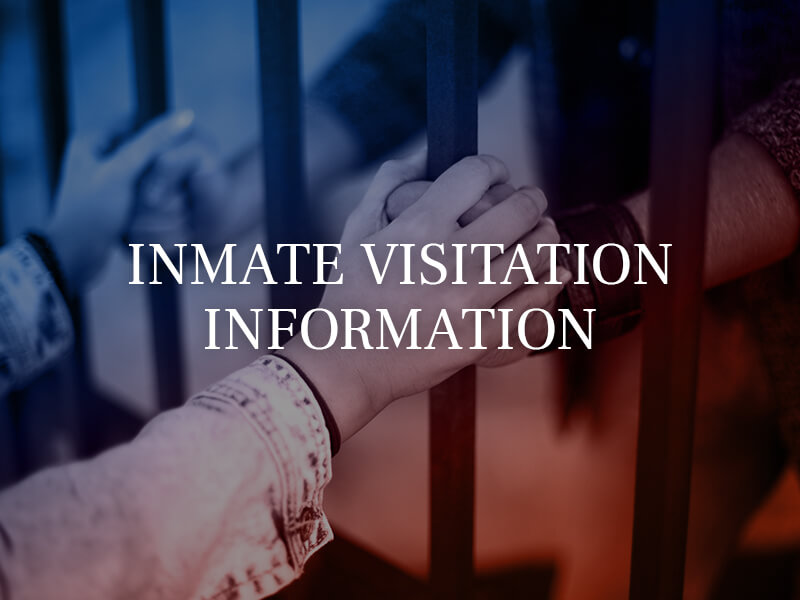Inmate Visitation Rights in California
Posted in Criminal Defense on November 21, 2019
There are approximately 115,000 people incarcerated in prisons in California. Those are extremely high numbers, but they only show us part of the overall amount of people affected by incarceration. Most of those who are in prison have family members on the outside of prison walls that miss them and want to stay in contact. This includes parents, siblings, children, grandchildren, nieces, nephews, and friends.
Visitation is an important part of a person’s path to recovery while in prison as well as their family’s well-being. There are some important things you need to know if you want to visit a family member or friend who is incarcerated.
Recommended Steps
The California Department of Corrections and Rehabilitation (CDCR) recommends the following before visiting someone in prison:
- Read their Visitation Guidelines so you know what to expect and what is expected of you when you visit.
- Figure our which facility your family member or friend is housed in.
- Schedule a visit online using the VPASS system.
- On the day of your scheduled visit, check the visiting status of the institution to ensure they are accepting visitors that day. Due to internal security concerns that can arise, visitation can be canceled at any time.

Guidelines for Adults and Juveniles
The guidelines for the visitation of adult inmates and incarcerated juveniles differ. For adults wishing to visit a family member or friend, please know the following:
- You must fill out an application for approval from the CDCR to visit. The inmate must sign this form and send it to you.
- You must fill out this questionnaire form completely and honestly. This includes a list of all criminal convictions and arrests. CDCR will conduct a background check to verify this information.
- Mail the application to the facility where the inmate you wish to visit is housed. If you are approved to visit, the inmate will be notified, and you will be listed in the system as being approved.
- If you are not approved, you may appeal the decision or reapply for visitation.
- When you visit, you are required to bring ID (driver’s license, government-issued ID, military ID, etc.).
- There are strict dress guidelines in place for visitors that you need to read and be prepared for.
- Minors under the age of 18 are required to be accompanied by an adult who is an approved visitor. If they are accompanied by a parent, they only need a copy of their birth certificate. If the minor is not being accompanied by their parent, they need a copy of their birth certificate as well as a notarized consent of authorization from their parent approving of the visit.
Visiting someone in the Division of Juvenile Justice (DJJ) is encouraged. Family members and community members may visit youth who are incarcerated. When a juvenile arrives in a DJJ facility, they are provided the opportunity to establish visitation lists of all potential visitors. The list is initially approved for immediate family members only, but extended family members and other community members can be added when the appropriate clearances are obtained. A copy of the visiting procedures for the facility will be mailed to the parents/guardians shortly after the youth arrives.
Contacting Inmate and Sending Packages
In addition to visits, family and friends can stay in contact with inmates by mail and over the phone. All mail sent to an inmate is inspected and cannot contain “anything that is a threat or potential threat to another (including discussion of a future criminal act, discussion of an escape, discussion of disrupting the security of the prison, coded messages, maps depicting the area in which the prison is located, gang-related comments or photographs, or photographs of nudity or sexual conduct).”
Inmates may call friends and family using Global Tel*link (GTL). Rates for these calls vary, but you are able to put money on the inmate’s phone system at any time.

